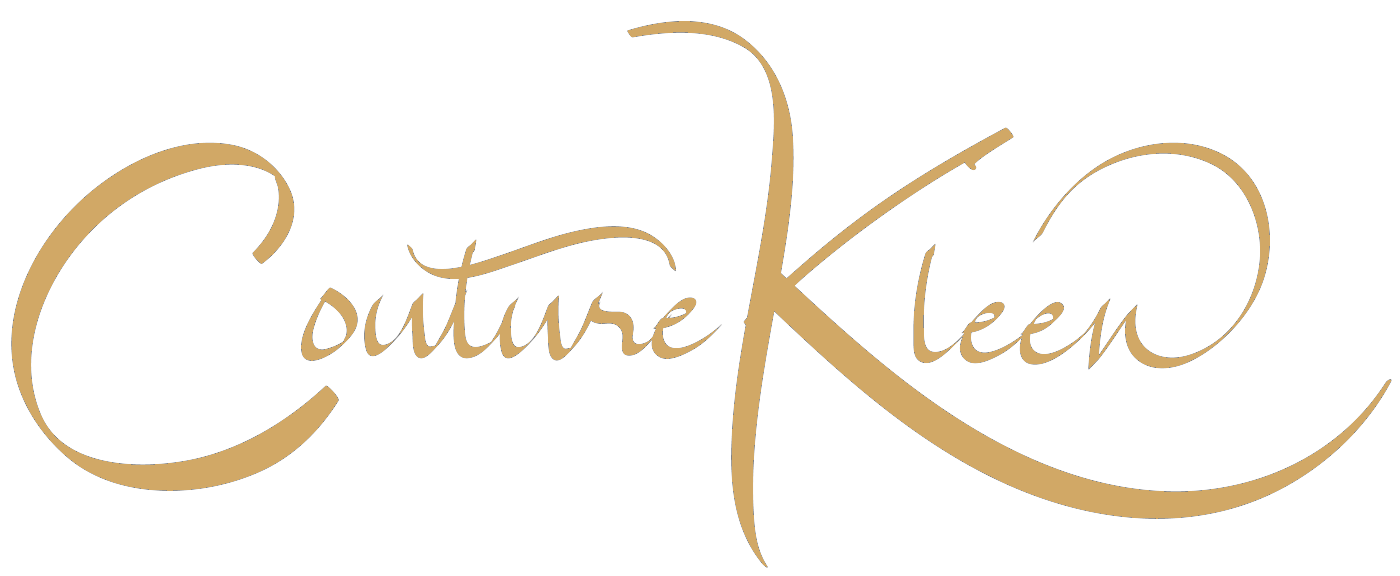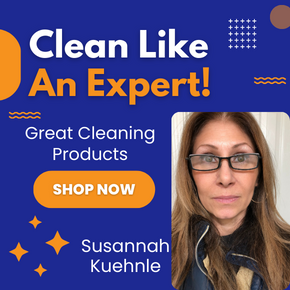
Here’s a quick tip for stove top cleaning!
Did you know there are different grades of steel wool? There is even a polishing grade which is terrific to use on stove tops, mirrors, glass, shower doors, and windows. This steel wool is a totally cheap and cheerful cleaning solution.
0000 steel wool is what I’m talking about. I use this all the time especially to remove cooked on, burnt on foods from stove tops, including the interior glass and internal parts of the oven with no scratching.
This solution only needs a little soap and water for slip which will help quickly remove stubborn gunk. It’s great for the in-between cleans of spills and splatters.
This steel wool is superfine and easy to separate. The one I use comes in a package of nine pads which are easy to unroll and separate into smaller pads. Or you can combine them to create a giant pad which looks like sticky cotton candy. It’s easy to bend and very super lightweight.
I like to use gloves because it seems to catch on my hands, it kind of reminds me of the buffing pad used when you get your nails done. When you open up the pad, it’s easy to maneuver and fit around various fixtures, move in and out of tight spaces, and gets a full contact with surfaces when scrubbing is necessary.
There is one thing to consider. It is steel wool, so it will rust rather quickly, usually within 20-30 minutes due to the fineness of the steel wool. So, after you use it, throw it away.
Using dish soap and warm water will provide the longest time before the 0000 steel wool breaks down and rusts. Sometimes it’s hard to see it at first, but as you use it, you will notice a brown tinge as you’re rinsing and wiping. I remember so many times opening up the cabinet under the sink and reaching for the steel wool and it crumbling in my fingertips.
I never really thought about it before, but it is steel and when it gets moist (usually after I use it) you can’t really ring it out. It has a onetime use, that’s why I usually break my pads apart.
Now you may think to just use a Brillo pad because this comes with soap already in it. I do not recommend this. Brillo is super hard and you waste a lot of the soap just trying to soften it up to use. The Brillo pad is a different grade, and I have seen it scratch surfaces. Plus, the soap is very harsh on my skin and Brillo costs a bit more.
For the steel wool, I usually open up one pad all the way and separate it into three segments. You want to do this over a sink or trash can because it sheds a little. I keep the segments in a Ziploc bag so they don’t get wet or moist.
I’ve used this on stove tops for years. I’ve had no scratching as a residual side effect. For those of you that have very expensive Viking or Electrolux stoves/appliances, I have not experienced any problems using the low grade steel wool.
It breaks my heart when I go into a home and you can see the stove has little scratch marks or somebody has really just scrubbed away at one little area and it removed the coating. Those scratches are very easy to see, and could have been avoided.
In standard cleaning situations, a little hot water and one or two drops of Dawn, that’s my go to degreaser, does the job. I occasionally use heavier oven cleaners for stoves that need a serious deep cleaning.
I spray the stove top, scrub a dub, maybe put one or two drops of Dawn in concentrated areas so it can help break down grease and grime. I find that I don’t have to bear down on the 0000 steel wool.
I would use with caution on plastic surfaces and on the outside of your stainless steel appliances. Sometimes these items are thinly plated and have been treated to repel moisture.
Mirrors &Windows
For mirrors and bathrooms, I mist the mirror with soapy water and go in with the 0000 steel wool, scrub a dub, and wipe off or squeegee the moisture, whatever your preference. I try NOT to use heavy chemicals if I don’t need to because the 0000 steel wool provides a nice polishing effect on glass and mirrors.
Also, when cleaning mirrors, make sure that they are really glass. In the past few years, I have noticed a reflective sheet used on mirrors to resemble a real mirror, but it is not glass. It’s actually a film or plastic with reflective properties. It looks like glass, but does not clean the same way.
Certain window cleaning chemicals can create droplet residue, and any type of harsh rubbing will create scratches. Using a microfiber towel can scratch this type of film too and it reacts very sticky, like to a microfiber or even a paper towel. I found this out the hard way one day. Please learn from my mistake!
I use the same process for window cleaning. For exterior window cleaning, sometimes you have to do two applications depending on what kind of buildup there is, if it’s mold, mildew, pollen, or neglect. Interior windows could need some extra care from buildup, fingerprints, animal noses, and slobber.
Shower glass doors
Now, depending on hard water soap scum build up, you may have to use a little more elbow grease. However, you’ll be amazed at how much residue the 0000 steel wool removes and sparkles up the glass.
For super cloudiness on showers, sometimes I will use a degreaser to remove the soap scum and hard water stains or maybe a little of Lysol toilet bowl cleaner, but make sure not to get any of this onto other metal areas.
There’s a sensation you can feel under the 0000 steel wool when it’s cloudy. It could be kind of sticky or you have no glide ability as you’re cleaning and you’re scrubbing back-and-forth. You can literally feel the 0000 steel wool moving back-and-forth easier and easier, making the glass clear and sparklier.
This sensation can also happen in sink basins, stove tops, and stove glass. I also love to use it on fixtures, faucets, and handles that seem to have a little of buildup of muck or toothpaste spittle.
For bigger surface jobs, I will even open up a piece and wrap it on the end of a window mop and scrub that way. In the summer, I do a lot of windows. I have this little attachment that’s for sandpaper, but I just screw this steel wool pad down onto it, which gives me far better reach and less motion.
This is good on tiled walls, even sometimes tile floors, and even on doorhandles that have a lot of buildup on them. It works great for getting paint off metal surfaces. I noticed paint also comes off mirrors easily if you’ve got some little spots.
Let me add that this steel wool is NOT good for wood surfaces, natural or unfinished.
But it is great for pots, pans, dishes, the outside of a teakettle, glasses and vases. And certainly for kitchen sinks and porcelain surfaces!
The Package I get has nine pads in it.
Check out the link below and you can get yours too.
I’d like to hear your feedback if you’ve tried any of these methods.
Happy Cleaning,
Susannah


